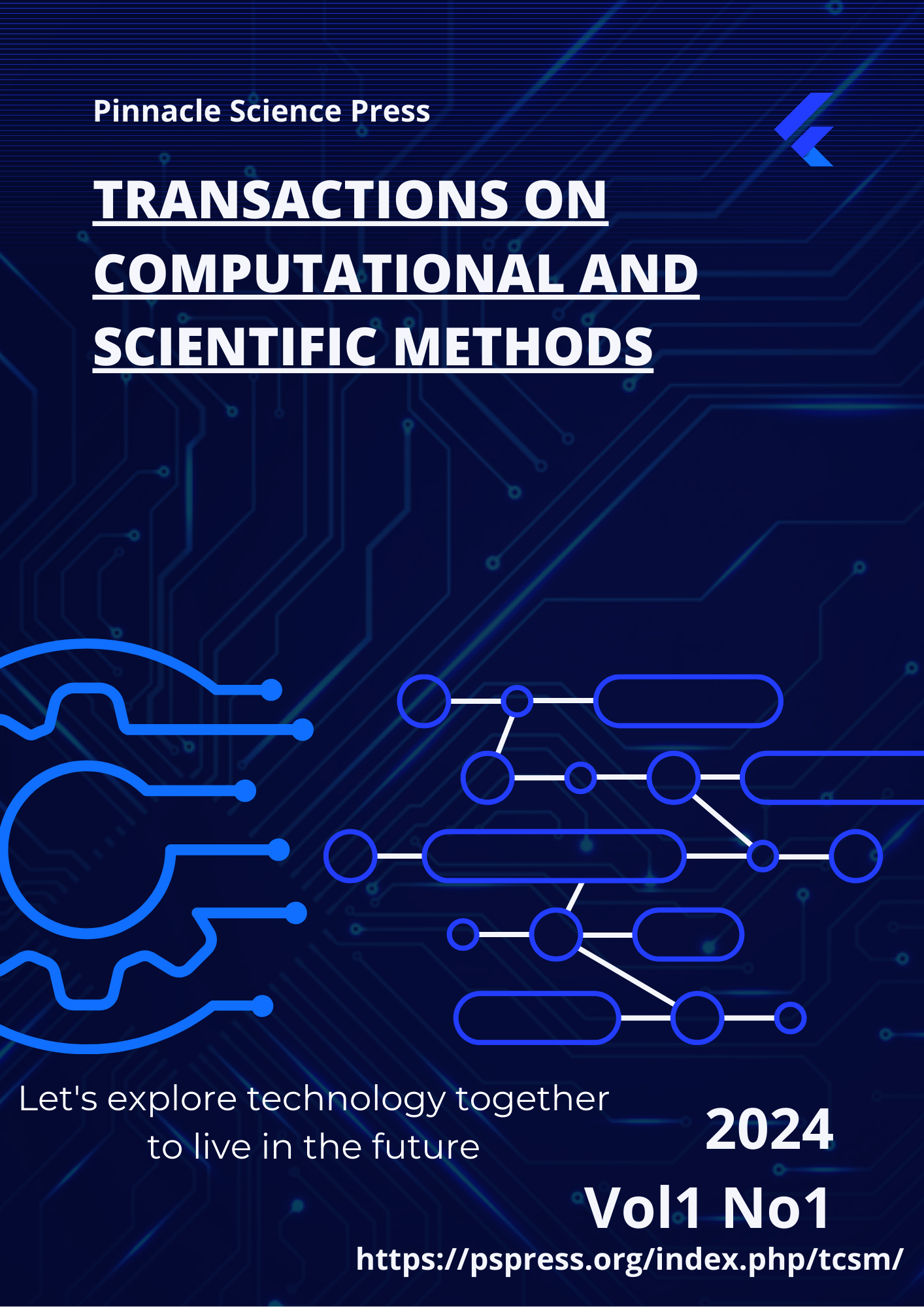Deep Learning-Based Multi-Scale Temporal and Structure-Aware Modeling for Metric Anomaly Detection in Microservice Systems

Abstract
This study proposes a metric anomaly detection method that integrates multi-scale temporal modeling with structure-aware feature representation to address the operational demands of microservice architectures in modern cloud-native environments. The approach is designed to tackle challenges such as large system scale, complex dependencies, high-dimensional data, and diverse anomaly patterns. Unlike traditional detection techniques that rely on single time-series signals or static features, the proposed method jointly models inter-service invocation relationships and multidimensional temporal features to construct a unified representation space capable of capturing cross-service contextual dependencies, enabling highly sensitive detection of collaborative anomalies and propagation patterns. The model incorporates a multi-scale time-series embedding module to capture the interaction between long-term trends and short-term fluctuations, while the structural modeling component uses a graph convolution mechanism to represent topological dependencies among services. A contextual fusion layer further integrates temporal information and structural semantics dynamically, generating anomaly representations with global consistency and context awareness. During evaluation, comprehensive analyses are conducted on hyperparameter sensitivity, environmental adaptability, and the impact of data quality, demonstrating the model's stability and robustness in scenarios with missing data, noise interference, and workload fluctuations. Experimental results show that the proposed method outperforms representative detection models across multiple performance metrics, significantly improving alert accuracy, detection efficiency, and global separability, and providing a practical solution for automated monitoring and intelligent operations in microservice systems.